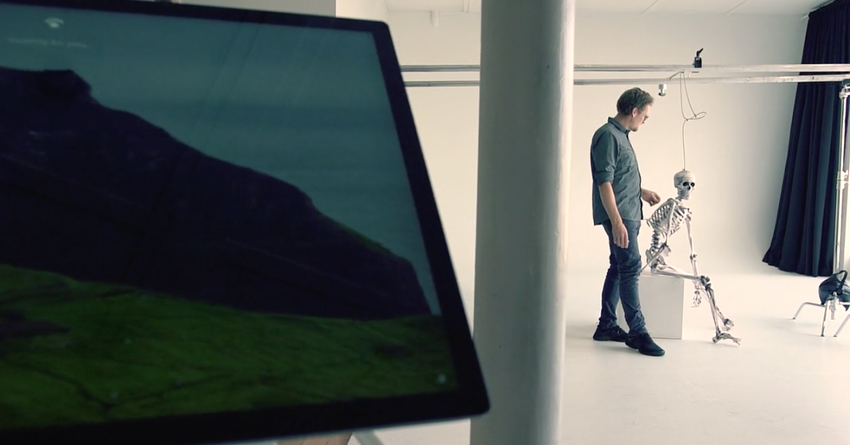An architect, photographer and illustrator wield their influence for Microsoft’s Surface Studio

The trio will appear in a series of videos—conceptualised and shot by Y&R—which feature interviews on the influence of technology on the creative process.
Beautifully filmed with only subtle hints to the product, Microsoft isn’t going for the hard sell with this campaign. Instead, the tech company is attempting to show how the product can be used to help the creative process and deliver a superior outcome.
“When we launched it in the local market, we didn’t just want to do a traditional launch,” says Carol Glidden, the Windows and devices business group lead at Microsoft.
“We wanted to work with people who could put the Surface Studio through its paces in the real world.”
Rather than going for the traditional influencer route of working with online celebrities that command millions of followers, Microsoft decided to work with a collection of well-respected creatives who make beautiful things for a living.
“We wanted to focus on creativity rather than popularity,” Glidden says.
This is an approach Microsoft has applied previously in its collaboration with street artists BMD for the 2014 launch of the service, as well as for the 2015 ‘Better Together’ seriesdistributed via the TVNZ OnDemand Shorts platform. Microsoft gave the creatives in these initiatives the freedom to use their skills to create something bespoke for the campaign.
The difference this time is that the tech company hasn’t commissioned the creatives to do anything in particular, opting instead to give the viewer an intimate glimpse at what the creatives do on a daily basis.
Each of the clips features unscripted interviews where the three creatives talk candidly about the intersection between creativity and technology.
Surface marketing manager Namitha Mattews says that it was important to the team not to put words into the mouths of the creatives.
She says the tagline of the Surface is ‘Creativity is the new productivity’, and the company wanted to reflect this through the execution.
Microsoft also wanted to present an authentic narrative that wouldn’t position the product as some sort of creative elixir that would automatically improve the quality of a creative’s work. It’s a sentiment perhaps best captured in Badger’s clip when he talks about the relationship between tech and creativity.
“In photography and video, we’re reliant on technology,” Badger starts. “Every tool that we use has huge amounts in tech in it, but the creativity isn’t coming from that. The technology just needs to work and it just needs to work seamlessly alongside the creativity.”
While the campaign focuses on three niche careers, Glidden says the utility of the product isn’t limited to photographers, illustrators and architects.
“The three influencers obviously come from specific industries, but the product is really for anyone with a strong creative vision,” she says. “This might include creative professionals, but it could also include creatives in general. We’re not breaking this down into business verticals specifically, but it’s about targeting creative people, thinkers innovators or anyone with a creative aspiration.”
To reach this audience, Microsoft is distributing the creative through social channels (including the influencers’ accounts) and also through trade media regularly read by creative professionals.
Badger’s video was released on Monday and will now be followed by Muir and Thompson’s clips in the coming weeks.
The product’s international launch has been met with largely positive reviews, with various tech journalists saying it out-performs similar products from competitors.
If this positive response gathers momentum, we could potentially see the four squares of the Windows logo replace the bitten apple on the back of the creative’s hardware of choice.




